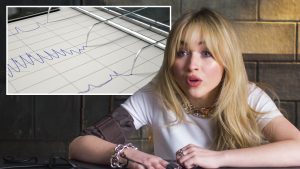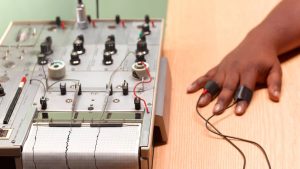
The Role of Technology in Modern Lie Detector Testing
Polygraph tests, also called lie detector exams, have been us for many years to express whether someone is being honest. However today’s technology has allowed this science to become even more dependable and useful while still doing the same things it always did extensively. A lie detector test Birmingham utilizes advanced equipment and analytical techniques that provide a more precise understanding of a subject’s responses. These modern systems are designed to capture detailed physiological data and analyze it with sophisticated algorithms, enhancing the accuracy of the results.
Polygraph Equipment Improvements
Contemporary lie detectors use more advanced polygraph machines which detect these changes so much better than ever before. Historic Polygraph Machines detected selected biometric red flags including your, breathing dysfunctions and blood pressure, Today, however, electronic systems with high-resolution sensors and digital recording provide much more precise data. The nature of these sensors used in the new technologies ensure that even small shifts within physiological responses are measured, such a fine detail when combined heightens visibility into how an individual practical reacts to during exercises.
Enhanced Data Analysis
Data gathered by the polygraph tests are then processed by sophisticated software algorithms that use advanced statistical procedures to analyze physiological reactions. These algorithms help to identify patterns and outliers that could point towards deception or the opposite with higher accuracy. Modern polygraph systems can learn from experience, using machine learning and artificial intelligence to continuously enhance their accuracy and dependability in a dynamic environment of testing conditions while taking individual factors into account.

Real Time Performance Monitoring and Reporting
Technology has also implemented real-time monitoring and cutting-edge reporting features in a lie detector examination. Today, polygraphs are capable of transmitting data to examiners in real-time (to analyze) the graphs and provide more immediate feedback. This speeds up the testing process, and also helps to escalate concerns or inconsistencies if necessary.
Integrations with Third-Party Technologies
The modern polygraph utilizes other technology in conjunction with the underlying method to create a more complete picture. As an example, biometric sensors can be integrated with polygraph equipment to evaluate secondary physiological parameters such as skin conductance and facial expressions. This multi-method approach provides a more comprehensive assessment of whether the subject is truthful and serves as an alternative method to validate traditional polygraph metrics.
This is how technology helps in a lie detector test nowadays. For instance, in a lie detector test Birmingham, these improvements include more sophisticated polygraph equipment, improved data analysis techniques for its interpretation, real-time monitoring, and integration with other technologies—all of which have had a substantial impact on the accuracy and reliability of these tests.



